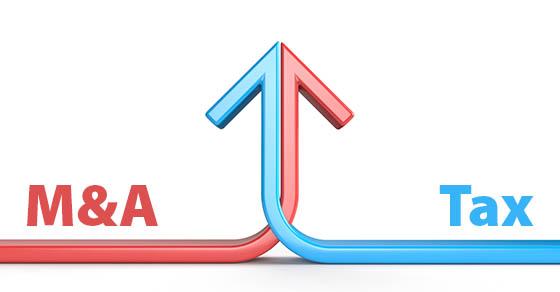Summer is around the corner so you may be thinking about hiring young people at your small business. At the same time, you may have children looking to earn extra spending money. You can save family income and payroll taxes by putting your child on the payroll. It’s a win-win!
Here are four tax advantages.
1. Shifting business earnings
You can turn some of your high-taxed income into tax-free or low-taxed income by shifting some business earnings to a child as wages for services performed. In order for your business to deduct the wages as a business expense, the work done by the child must be legitimate and the child’s salary must be reasonable.
For example, suppose you’re a sole proprietor in the 37% tax bracket. You hire your 16-year-old son to help with office work full-time in the summer and part-time in the fall. He earns $10,000 during the year (and doesn’t have other earnings). You can save $3,700 (37% of $10,000) in income taxes at no tax cost to your son, who can use his $13,850 standard deduction for 2023 to shelter his earnings.
Family taxes are cut even if your son’s earnings exceed his standard deduction. That’s because the unsheltered earnings will be taxed to him beginning at a 10% rate, instead of being taxed at your higher rate.
2. Claiming income tax withholding exemption
Your business likely will have to withhold federal income taxes on your child’s wages. Usually, an employee can claim exempt status if he or she had no federal income tax liability for last year and expects to have none this year.
However, exemption from withholding can’t be claimed if: 1) the employee’s income exceeds $1,250 for 2023 (and includes more than $400 of unearned income), and 2) the employee can be claimed as a dependent on someone else’s return.
Keep in mind that your child probably will get a refund for part or all of the withheld tax when filing a return for the year.
3. Saving Social Security tax
If your business isn’t incorporated, you can also save some Social Security tax by shifting some of your earnings to your child. That’s because services performed by a child under age 18 while employed by a parent aren’t considered employment for FICA tax purposes.
A similar but more liberal exemption applies for FUTA (unemployment) tax, which exempts earnings paid to a child under age 21 employed by a parent. The FICA and FUTA exemptions also apply if a child is employed by a partnership consisting only of his or her parents.
Note: There’s no FICA or FUTA exemption for employing a child if your business is incorporated or is a partnership that includes non-parent partners. However, there’s no extra cost to your business if you’re paying a child for work you’d pay someone else to do.
4. Saving for retirement
Your business also may be able to provide your child with retirement savings, depending on your plan and how it defines qualifying employees. For example, if you have a SEP plan, a contribution can be made for the child up to 25% of his or her earnings (not to exceed $66,000 for 2023).
Contact us if you have any questions about these rules in your situation. Keep in mind that some of the rules about employing children may change from year to year and may require your income-shifting strategies to change too.











